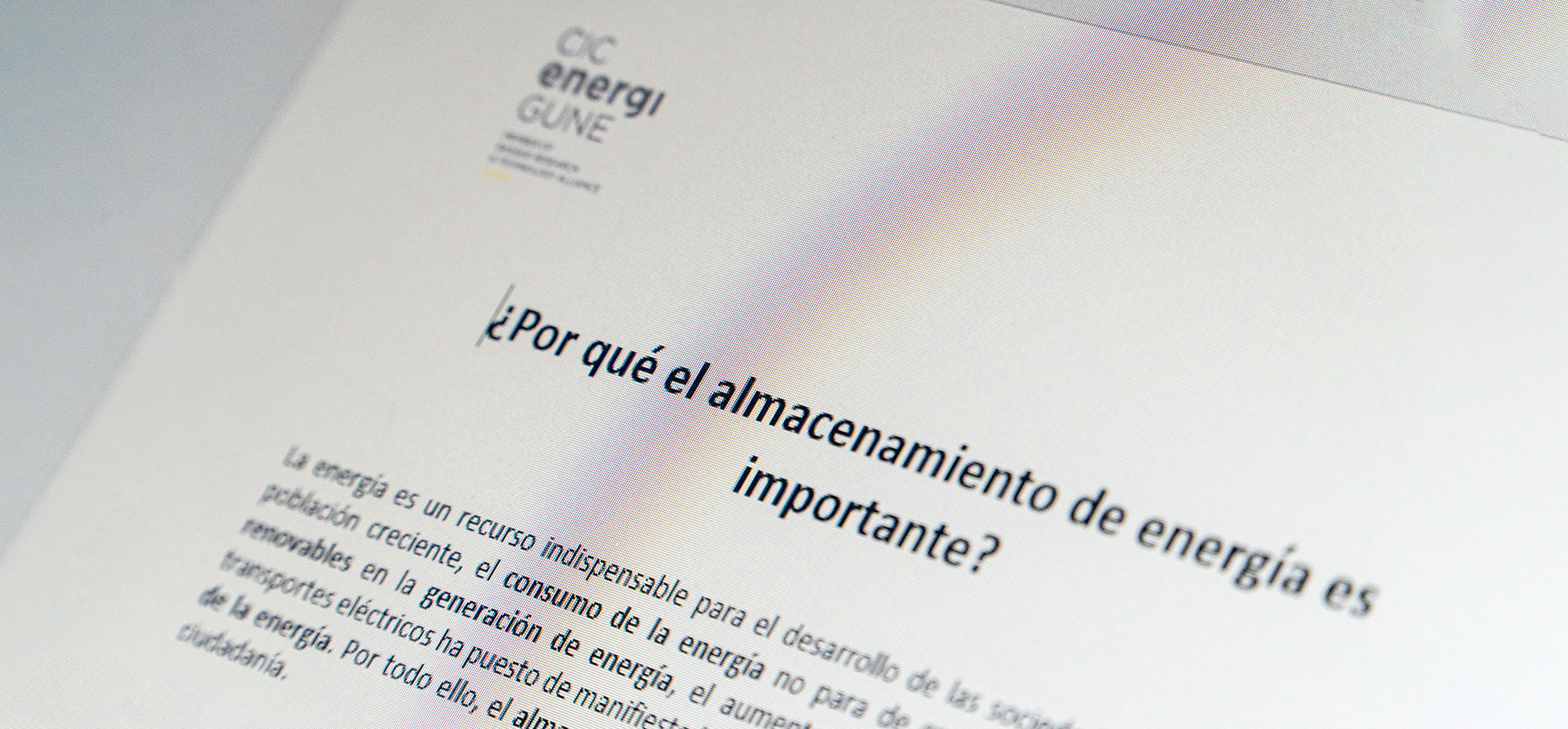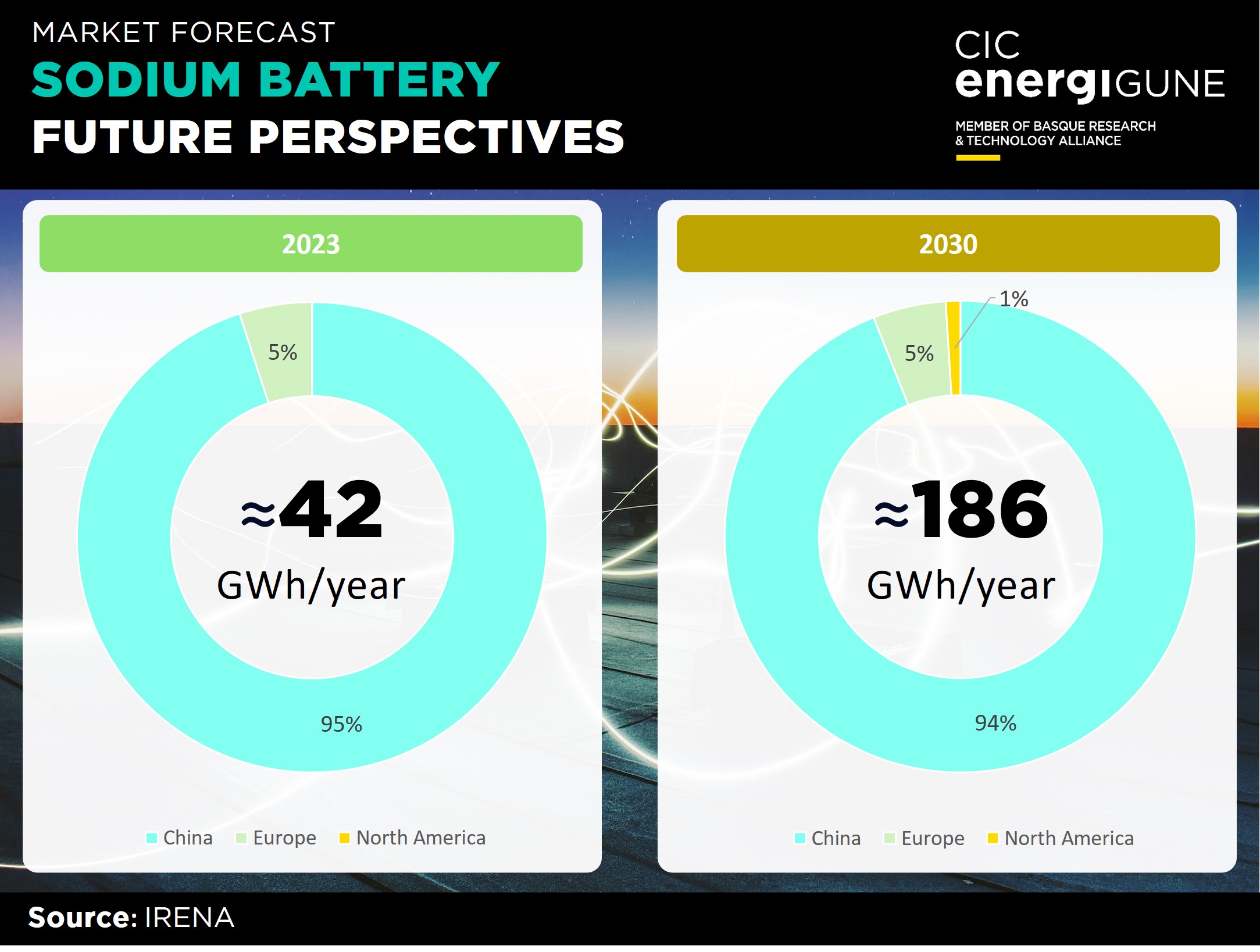Of course, this growth also has an impact in economic terms. Although there is no unanimity, various sources dare to quantify the market value of this technology at over 1 billion euros in 2030, thanks to compound annual growth rates (CAGR) above 10% until 2030.
Beyond these quantifications, it is still too early, given the emerging state of the technology, to make forecasts beyond the end of this decade. The evolution and developments of the coming years will mark the future of this type of batteries, although it is true that, given the current state of the art and its medium-term forecasts, it does not seem unreasonable to think of an exponential growth in the use, demand and value of this alternative in the next decade.
These perspectives are based on the fit that these batteries, due to their properties, can have in a wide range of applications. On the one hand, since the beginning of their development, their potential for use in stationary applications has been appreciated thanks to their cost, efficiency, stability and safety, as well as in certain consumer electronics applications. In recent months, however, different manufacturers have also been considering this solution as a real alternative for applications that have not been considered until now, such as electric mobility. All this is due to the advances that are taking place in relation to the energy density of this type of devices (there are already solutions with a density of 200 Wh / kg, which means reaching a range of 500 kilometers for an average electric vehicle).
WHICH PLAYERS ARE CURRENTLY LEADING THE WAY IN THE DEVELOPMENT OF SODIUM BATTERIES?
As mentioned above, the reason for all these prospects lies in the growing interest in sodium batteries in the industry. This has meant that some of the start-ups that have already been working for years on the evolution of this technology have been joined in recent months by the development and commitment of large manufacturers who also want to dominate this market.
Above all, in recent times the company that is capturing the most headlines is CATL, the world´s largest battery manufacturer. Since the launch of its first generation of sodium batteries in 2021, the Chinese giant has worked on a technological evolution that has positioned them as leaders of the state of the art today, anticipating the launch soon of the aforementioned sodium battery with 200 Wh / kg. Such is the magnitude of this breakthrough that also Chinese BYD (the largest manufacturer of electric cars in 2023) is already working with his compatriot in the launch of the first car models powered by sodium batteries.
CATL is not the only Chinese company at the forefront of this technology. The company HiNa Battery (backed by the Chinese government, among others) has been one of the main players in the sector for years, with its own 1 GWh capacity production line as of 2022 and also collaborating with electric car manufacturers in the introduction of its technology in their models.
In the face of these advances, other major manufacturers have also begun to diversify their technology portfolio. Beyond Asian companies, the end of 2023 was also marked by the progress made by Northvolt, one of Europe´s leading battery manufacturers. At the end of November, the company announced the collaboration with the also Swedish Altris for the launch of its first generation of Na devices, with an energy density of 160 Wh/kg.
It should be noted that, in recent years, Altris has been one of the great pioneers of the industry in terms of startups. Together with other European companies such as the British company Faradion (first company to commercialize sodium batteries) or the French company Tiamat (spin-off of the prestigious French CNRS), they have led the race for this technology until the recent entry of the aforementioned large manufacturers. They are joined by Natron Energy, a North American company that has started large-scale manufacturing of its technology with an important market niche in the data center sector and applications for the telecommunications industry.
Beyond industrial advances, and due to the incipient state of this technology, scientific activity also plays a major role in the development of sodium batteries. In this sense, universities and research centers such as MIT, the Hemholtz Institute, the aforementioned CNRS or CIC energiGUNE itself (among others) are working on the development of new approaches to further promote this promising alternative.
This proliferation of players, coupled with the prospects detailed above, means that 2024 looks set to be a year of great prominence for sodium batteries. The potential of this technology promises to revolutionize and boost the electrochemical storage industry even further, thereby accelerating the long-awaited electrification and energy transition of various industries and applications.
At CIC energiGUNE, we have a dedicated research line focused on the development, design, and rational optimization of key materials for sodium-ion batteries.
Our expertise and know-how allow us to drive innovation in this technology, both at the research level and in its industrial and market applications.
For more information, feel free to contact us









